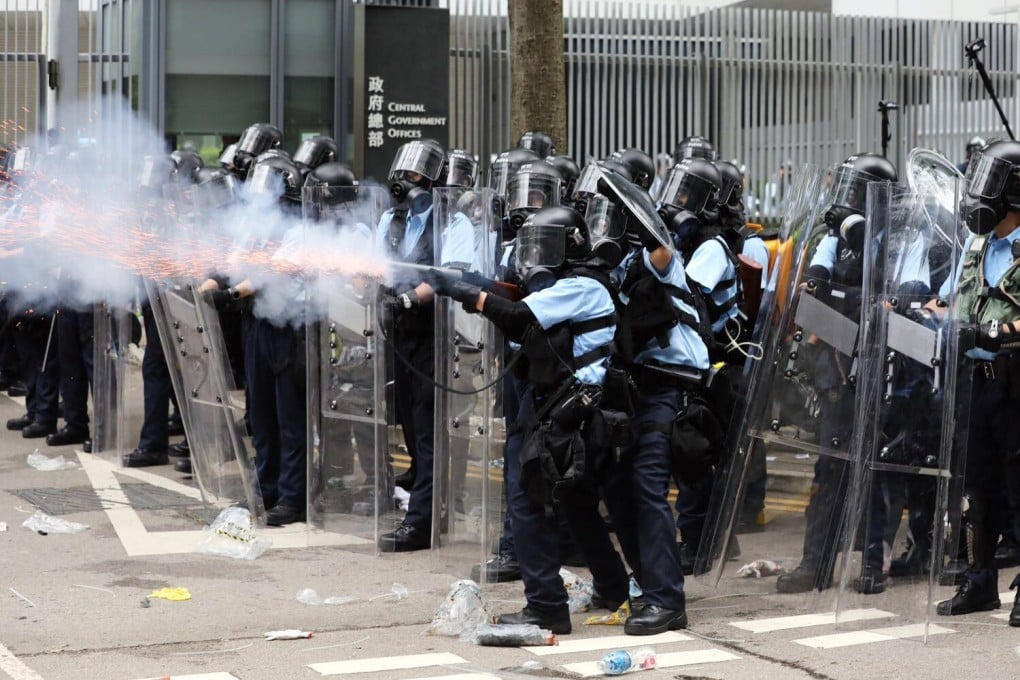Hong Kong protests: police used disproportionate force and made poor decisions, says British expert who resigned from IPCC review
- Clifford Stott says police in city operate with a lack of understanding of how crowd dynamics work, and end up creating disorder instead of preventing it
- The expert had earlier resigned from a panel advising city’s police watchdog on its review of the force’s handling of anti-government protests

The 999-page report concluded there was no systemic problem with policing in Hong Kong, and officers’ use of force was only in response to violence during the protests.
I would certainly suggest there is ample evidence that the police used force disproportionately on practically every protest from June 12
Stott, a scholar of crowd behaviour and policing at Keele University in Britain, said he would seek to publish his findings on the protests – based on first-hand accounts as well as the IPCC’s data – in a peer-reviewed academic journal.
He said his original plan of publishing a separate report by June 9 would therefore be delayed.
In a Facebook Live discussion with activist Nathan Law Kwun-chung on Friday night, Stott said he had stood down because the police watchdog failed to define a meaningful role for the team of experts, and because he was concerned that their attachment could be used to legitimise the council’s work.
